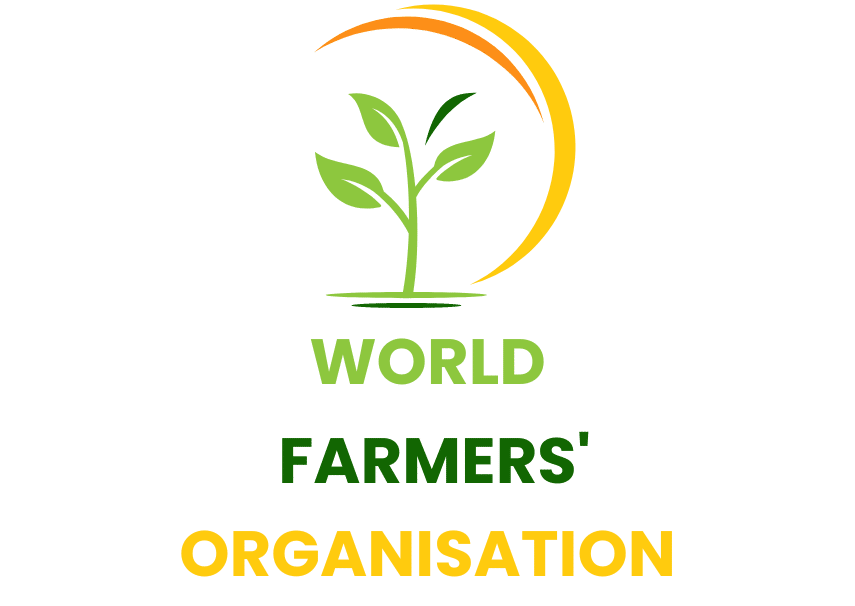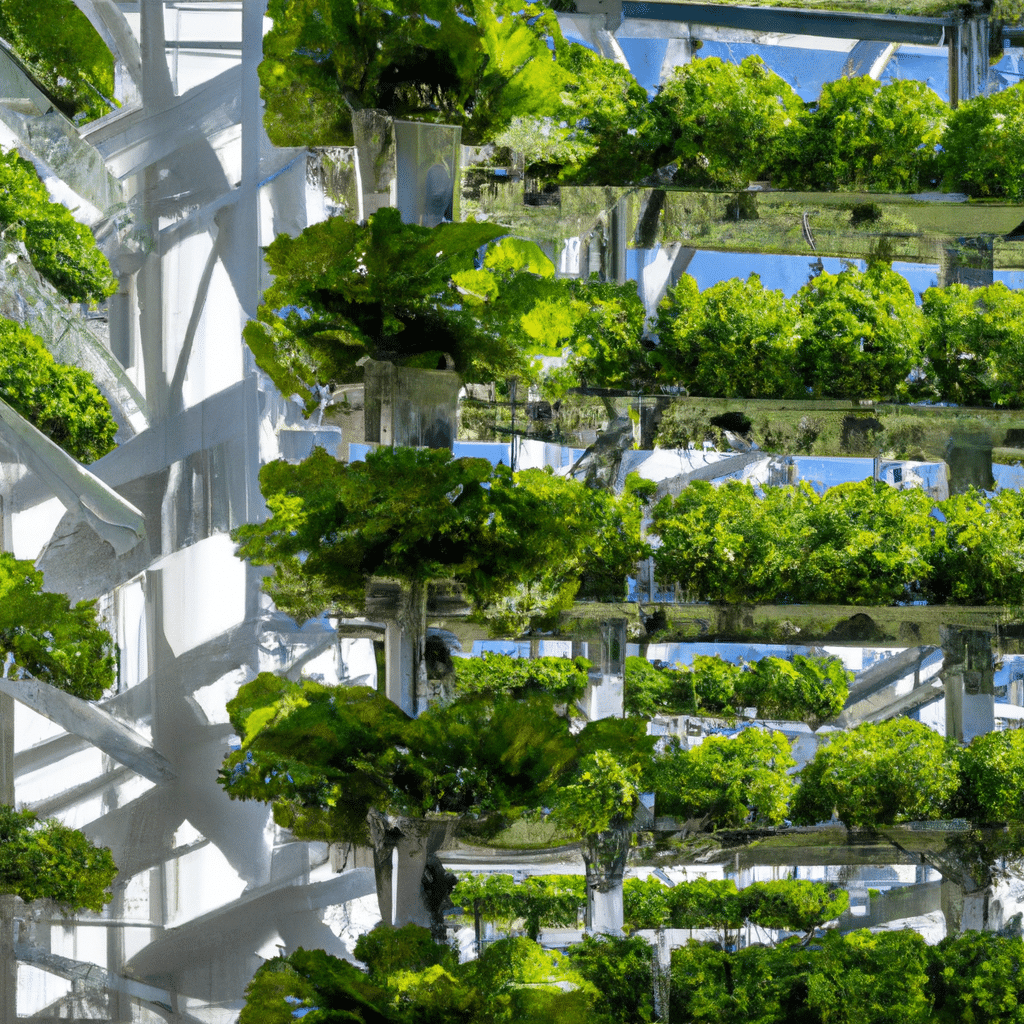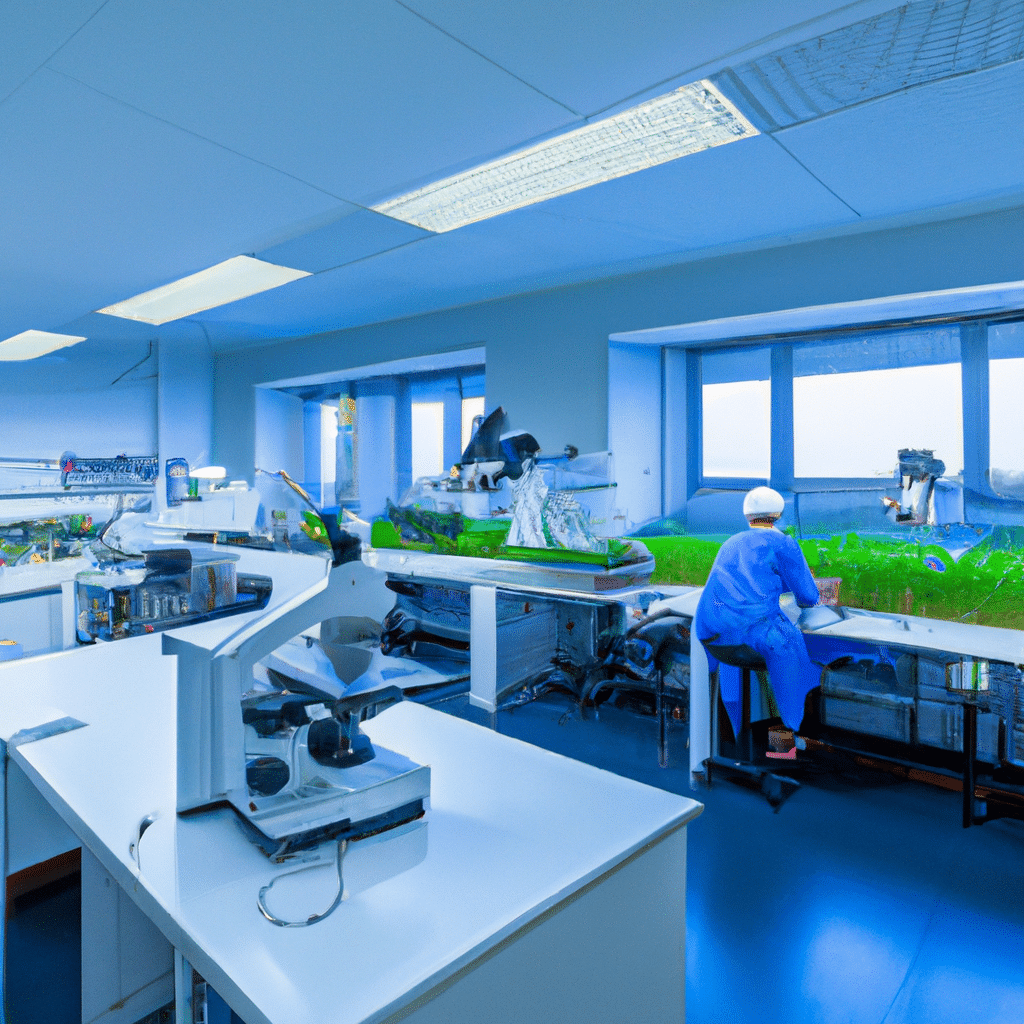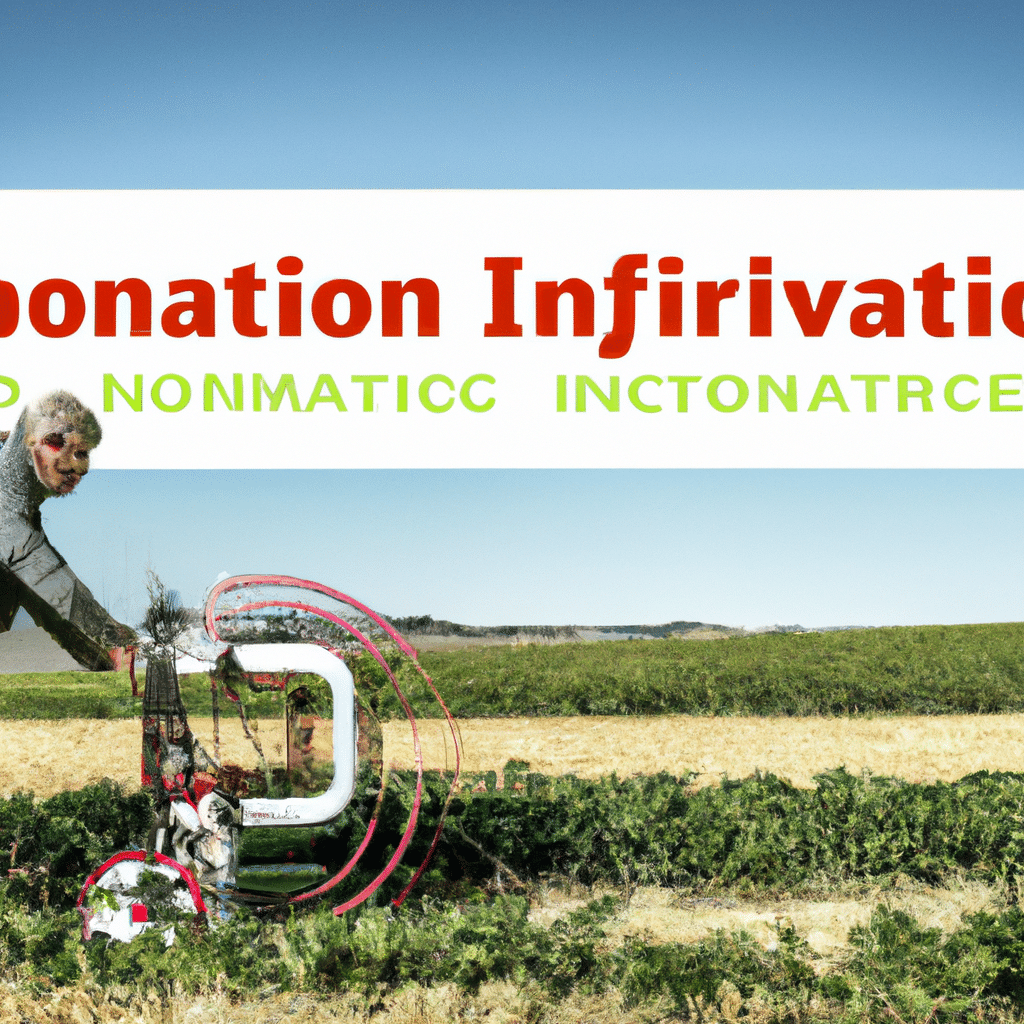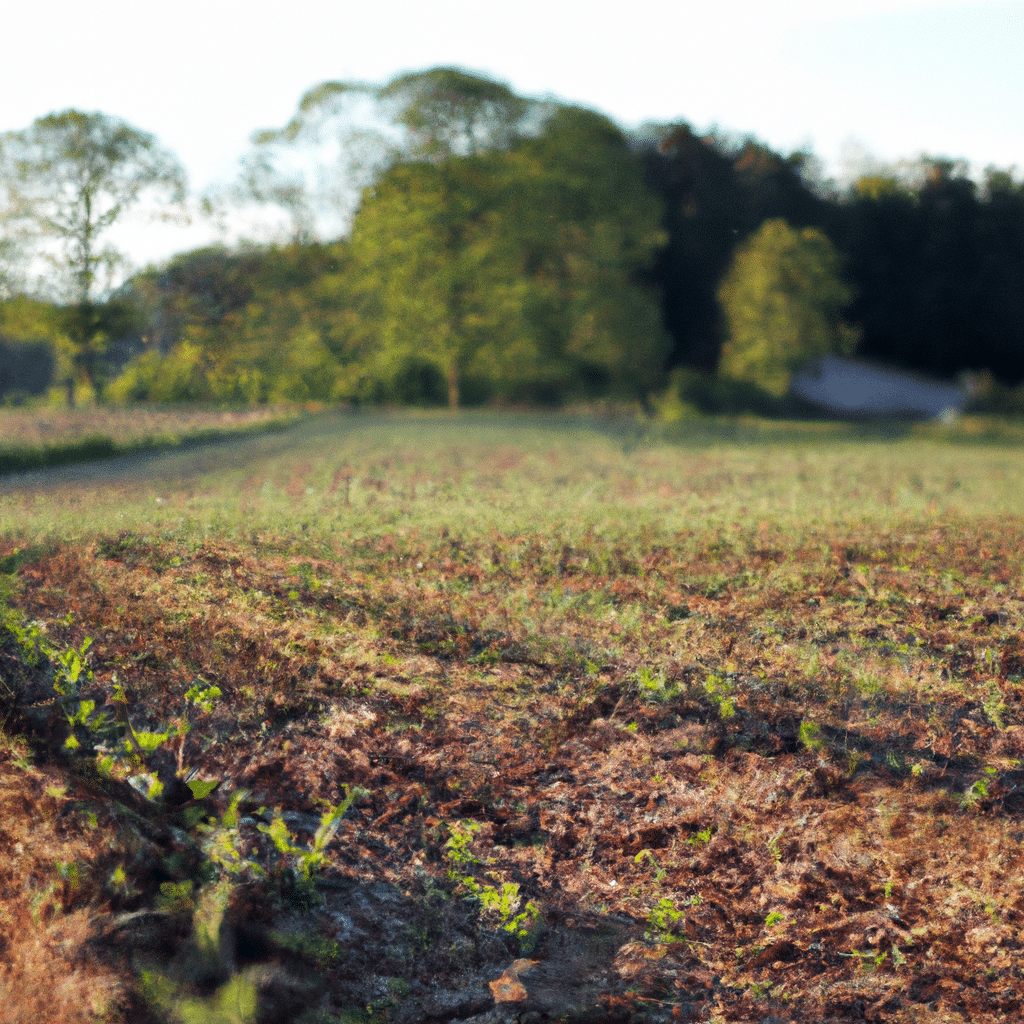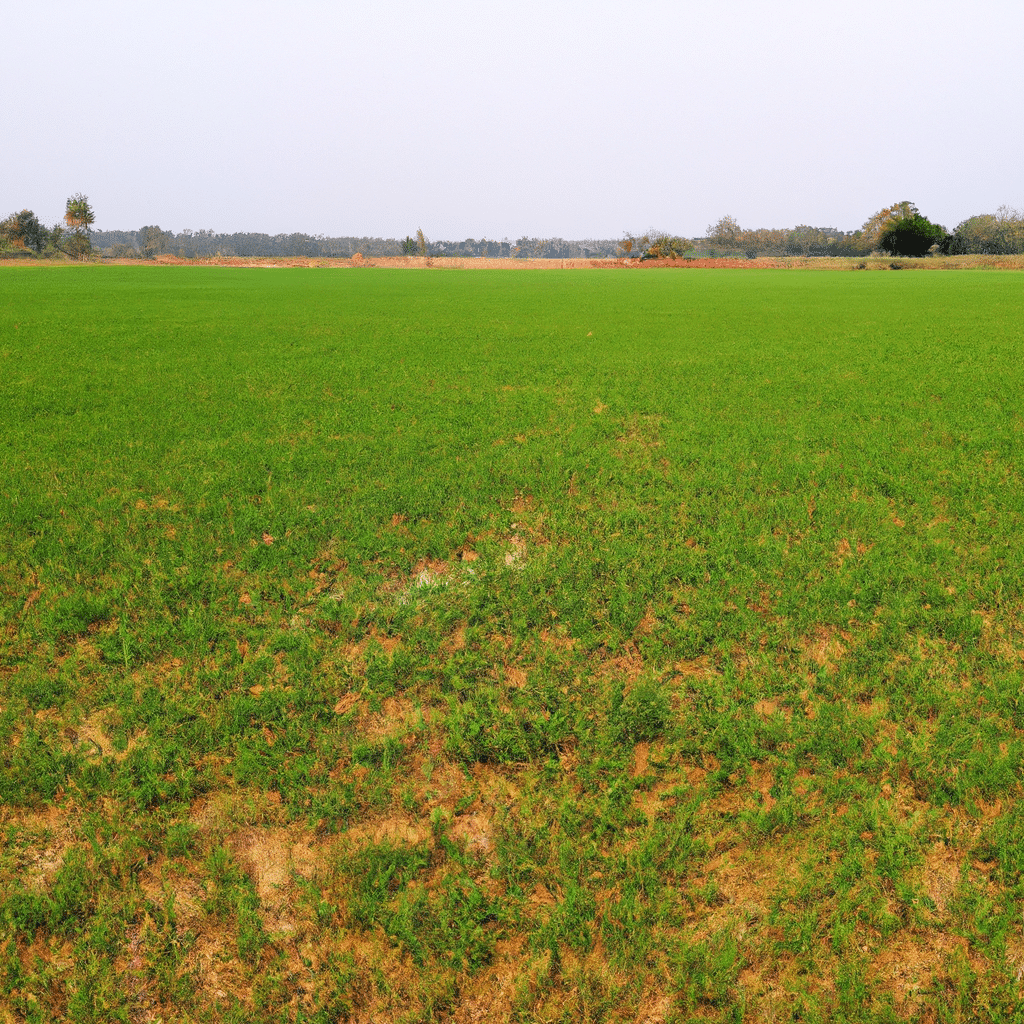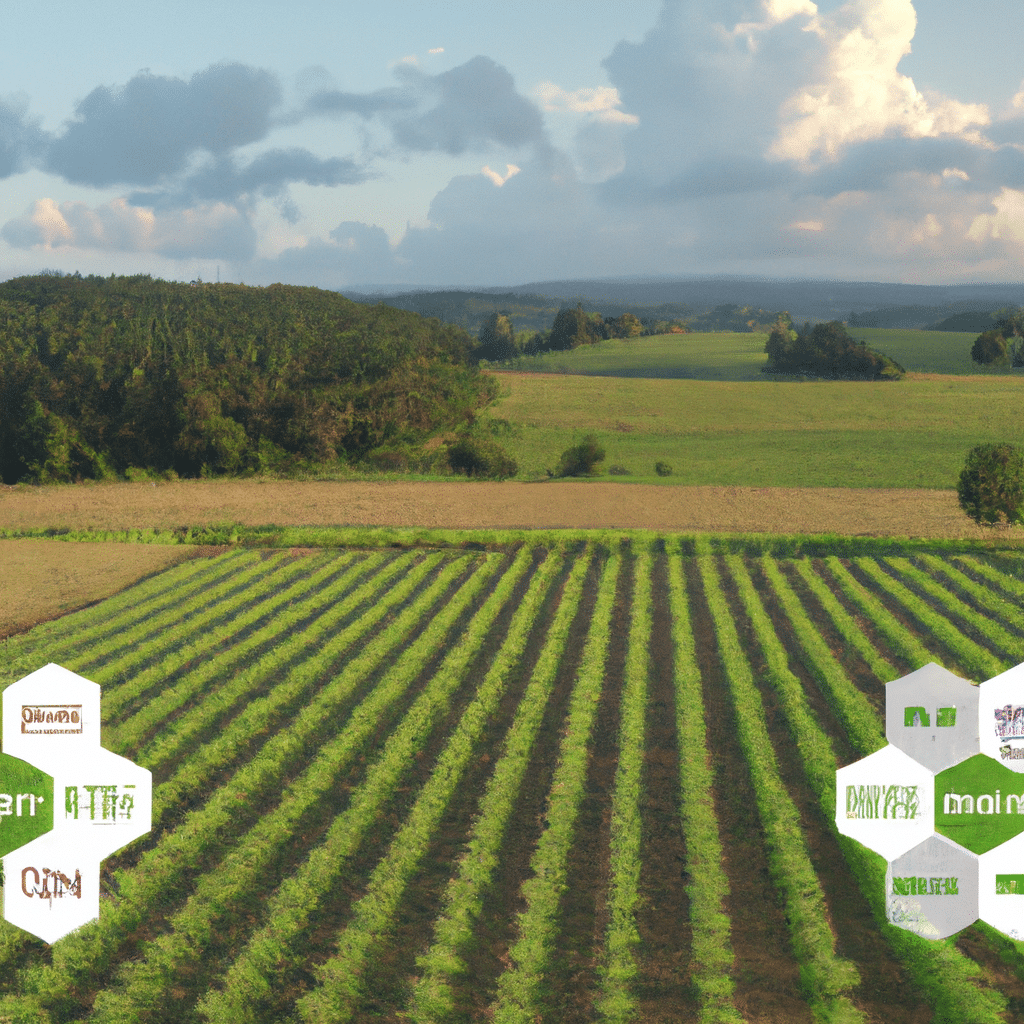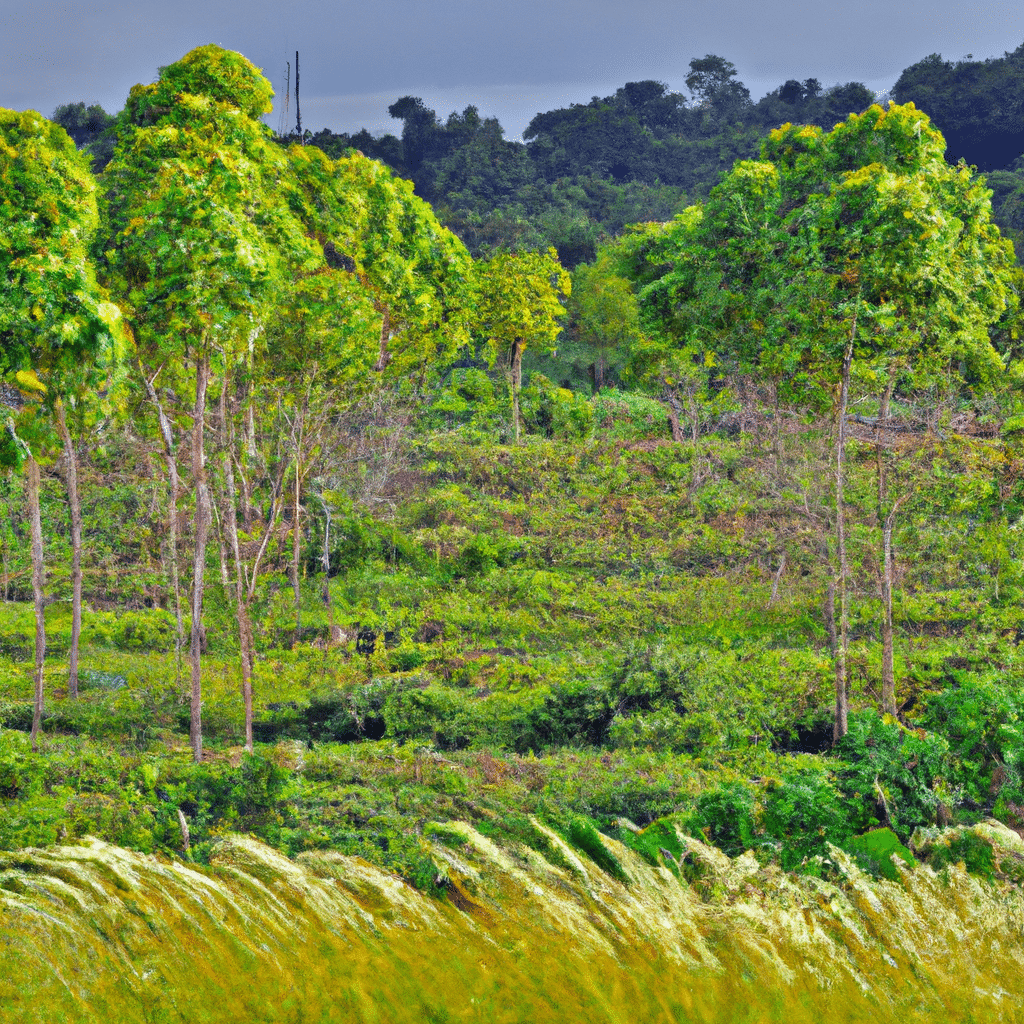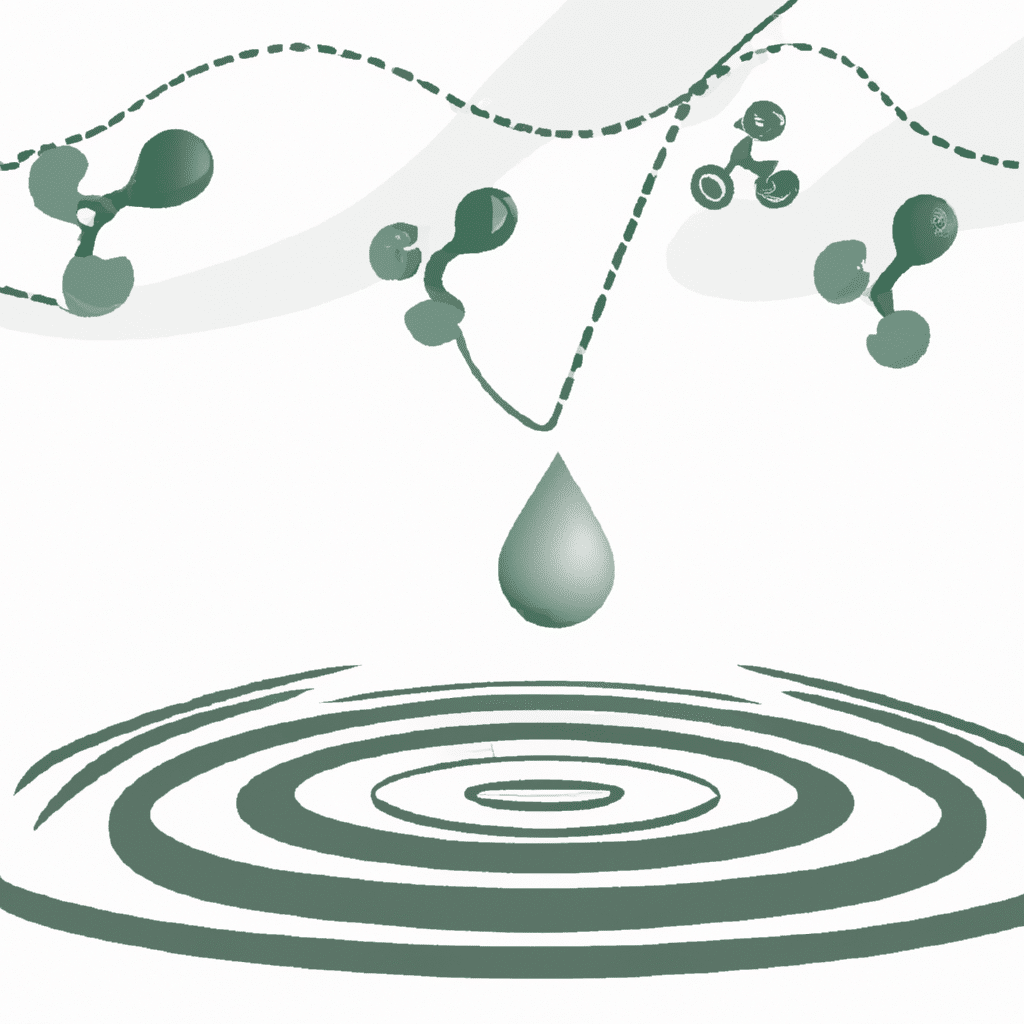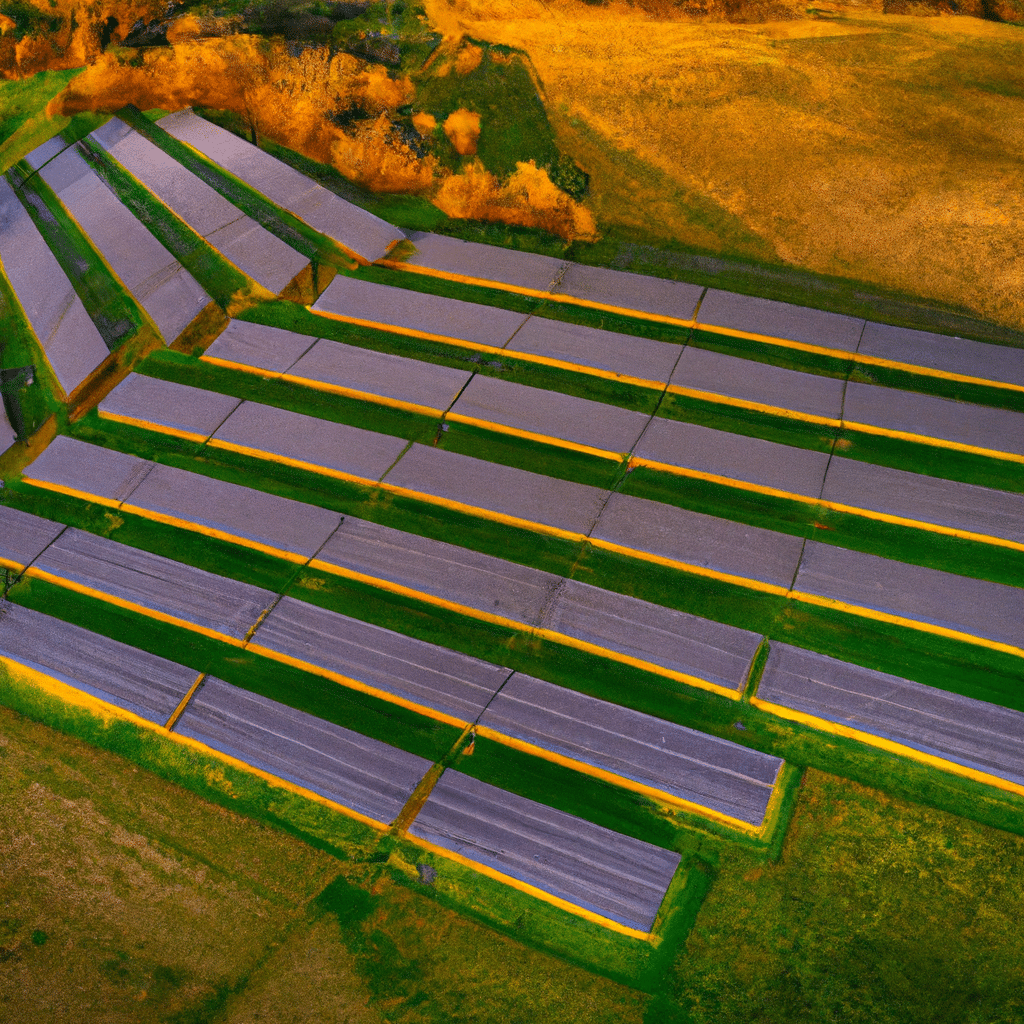In recent years, the agricultural industry has been undergoing a profound transformation. The advent of precision agriculture has brought about a revolution in crop yield, enabling farmers to optimize their resources and maximize productivity. With the help of advanced technologies and data-driven insights, precision agriculture is unlocking the hidden potential of our crops, leading to increased efficiency, reduced environmental impact, and ultimately, higher yields. In this article, we will explore the various aspects of precision agriculture, its impact on crop yield, and how it is reshaping the future of farming.
The Evolution of Precision Agriculture
Precision agriculture has its roots in the development of Global Positioning System (GPS) technology in the 1990s. This breakthrough allowed farmers to accurately map their fields and precisely apply inputs such as fertilizers, pesticides, and water. Over time, advancements in sensor technology, data analytics, and connectivity have further propelled the growth of precision agriculture.
Today, precision agriculture encompasses a wide range of technologies and techniques, including satellite imagery, drones, Internet of Things (IoT) devices, and machine learning algorithms. These tools enable farmers to monitor crop health, soil conditions, weather patterns, and other critical factors in real-time, providing valuable insights for decision-making.
Optimizing Resource Management
One of the key advantages of precision agriculture is its ability to optimize resource management. By precisely applying inputs based on the specific needs of each crop and field, farmers can minimize wastage and reduce costs. For example, by using sensors and data analytics, farmers can determine the exact amount of water required by each plant, preventing over-irrigation and conserving water resources.
Similarly, precision agriculture helps optimize the application of fertilizers and pesticides. By analyzing soil nutrient levels and crop health data, farmers can apply these inputs only where they are needed, reducing environmental pollution and improving overall crop health. This targeted approach leads to more efficient resource utilization and significantly enhances crop yield.
Enhancing Crop Monitoring and Disease Detection
Another critical aspect of precision agriculture is its ability to enhance crop monitoring and disease detection. Through the use of remote sensing technologies, such as satellite imagery and drones, farmers can gather detailed information about the health and growth of their crops. This data allows for early detection of pest infestations, nutrient deficiencies, or disease outbreaks.
By identifying and addressing these issues promptly, farmers can prevent the spread of diseases, minimize crop losses, and protect their yields. The ability to monitor crops in real-time also enables farmers to make informed decisions about irrigation, fertilization, and other interventions, ensuring optimal conditions for crop growth and maximizing yield potential.
Harnessing the Power of Data Analytics
The true power of precision agriculture lies in its ability to harness the vast amounts of data generated by various sensors and devices. By employing advanced data analytics techniques, farmers can gain valuable insights into crop performance, weather patterns, soil conditions, and more. These insights enable informed decision-making and help farmers optimize their farming practices for maximum yield.
For example, by analyzing historical weather data and crop growth patterns, farmers can predict optimal planting times and adjust their schedules accordingly. They can also identify patterns and trends that affect crop yield, such as nutrient deficiencies or pest populations, and take proactive measures to mitigate these risks. By leveraging data analytics, farmers can continuously improve their farming strategies and unlock the hidden potential of their crops.
The Future of Precision Agriculture
As technology continues to evolve, the future of precision agriculture looks incredibly promising. Emerging technologies such as Artificial Intelligence (AI), machine learning, and robotics are expected to further enhance the capabilities of precision agriculture. AI-powered algorithms can analyze complex data sets and make recommendations on optimal farming practices, while robotics can automate labor-intensive tasks, improving efficiency and reducing costs.
Moreover, the integration of precision agriculture with other emerging fields, such as blockchain and the Internet of Things (IoT), holds great potential for the industry. Blockchain technology can help establish transparent and secure supply chains, ensuring traceability and authenticity of agricultural products. IoT devices can enable real-time monitoring of farm operations, providing farmers with actionable insights and facilitating remote management.
Conclusion
Precision agriculture is revolutionizing crop yield by unlocking the hidden potential of our farms. Through the use of advanced technologies, data analytics, and optimized resource management, farmers can maximize productivity, reduce environmental impact, and ultimately, feed a growing global population. The evolution of precision agriculture has brought about a paradigm shift in farming practices, enabling farmers to make data-driven decisions and achieve unprecedented levels of efficiency. As we look towards the future, the continued adoption of precision agriculture will undoubtedly reshape the agricultural landscape, ensuring sustainable and resilient food production for generations to come.
